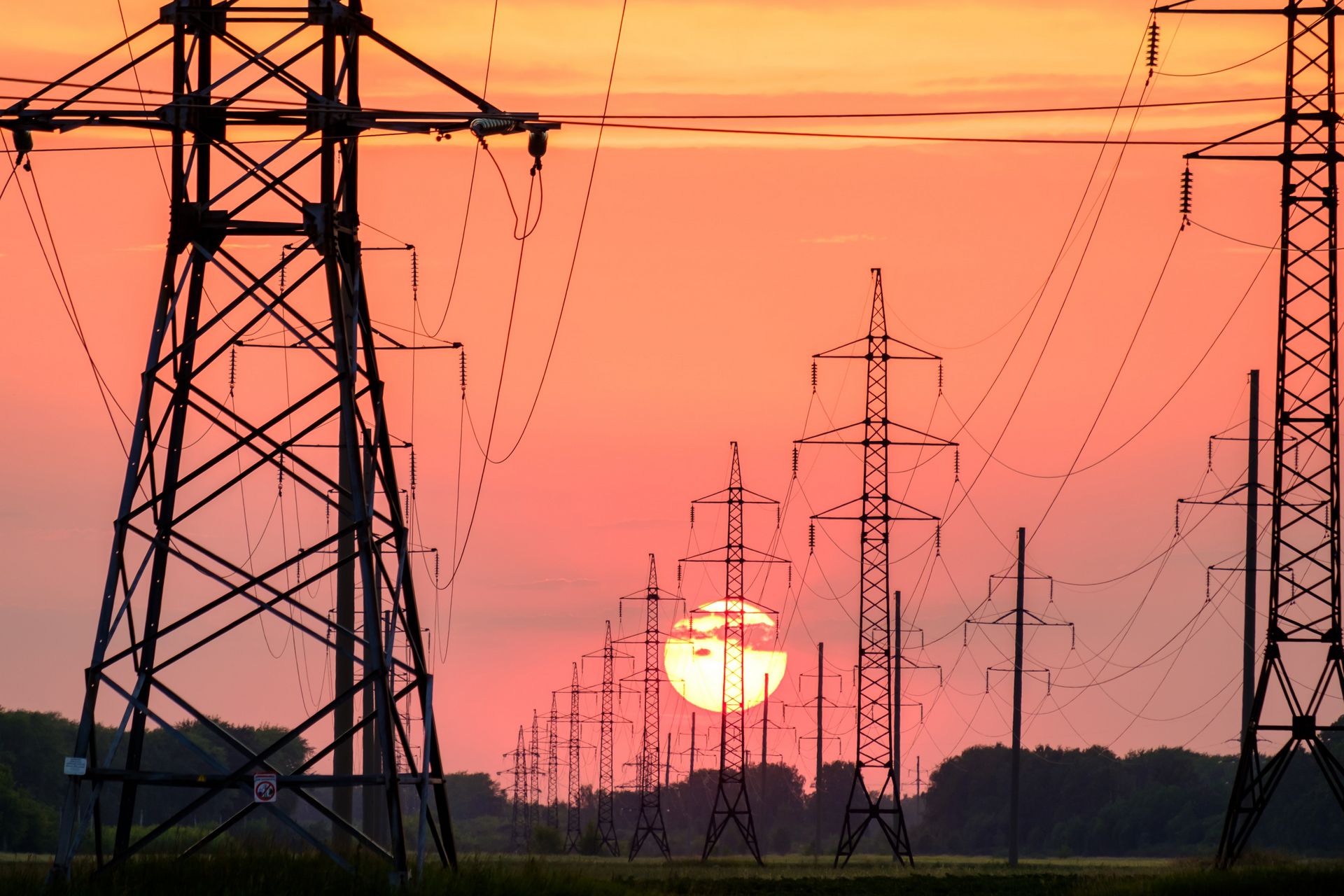No terrestrial civilization can sever its dependence on solar energy[1]
The industrial age of the 18TH century was sparked into life by the scientific revolution, urbanization, and an improvement of economic policies which are the bedrock of free markets and capitalism. All of a sudden, society was organized based on commerce and not on religious or authoritarian grounds. Charcoal was the predominant energy source while the steam engine was the driving gear of locomotives and industrial machines. When coal was brought along, it quickly took charcoal out of the picture. Its bulky nature was not enough to keep it underground. Its high energy density (24 MJ/kg) compared to wood (19 MJ/kg for dry wood) and abundant supply was more than good an offer to pass by. And with coal and iron, the industrial age thrived.
The discovery of oil was monumental in accelerating the industrial revolution. With its benefits such as ease of extraction and transportation, it proved more applicable in the locomotive industry while its application in other sectors was yet to be discovered. With it came the internal combustion engine, which is arguably the most notable invention towards the end of the industrial revolution. The steam engine and its derivatives were kicked out of the show only to be heard of in the books and seen in the films of steam-punk novelists. Suddenly, we could cross cities in hours. Then we could cross the seas in days, and now we can fly over the Atlantic in but a few hours. Truly, this was black gold. But as the saying goes, “when the deal is too good…”
We soon started discovering uninviting qualities in our newfound mistress. The air got warmer and warmer, and stuffier. Like unto the beauty Hellen of Troy, we fought wars over our mistress. Years, and decades of wars, and they have never stopped to date. And who lost the war. We all did, but especially the poorest of our brethren, chambilecho, fahali wawili wakipigana, nyasi huumia. And things only got worse. In some aspects better, but in a majority, worse. Yes, you can get your mail in a day’s timing, but that was at the expense of war-stricken children in the Niger delta or hungry families in Indonesia’s rubber farms. Oil was turned out to be a dividing and destroying force instead of a unifying factor. It has to go. Enter renewables.
The 21st century has seen nations rush to get to net-zero carbon emissions. Others with even wilder ambitions have targets of being carbon negative in the near future. The United Nations lists Sustainability, climate action, affordable and clean energy, and responsible production and consumption among its 17 sustainable development goals. All these touches on how we produce and consume energy, directly or indirectly. These chatter the future of energy, and developed nations have striven for the ideal, some more or less than others. And what about the developing world? It’s … complicated.
While the affluent nations spent a greater portion of the last two decades debating on free speech, the gender pay gap, and ramping up environmental activism; developing nations are on an industrialization sprint trying to increase their GDP per capita, to feed the poor, teach the youth, and decrease infant mortality rates. Progress has been made but at an expense. Industrializing requires a lot of energy consumption and most of this energy still comes from fossil fuels. Producing more food requires modern equipment and techniques, but these equipment and techniques utilize a lot of energy. Per capita income has always had a positive correlation with energy use per person. But these countries must develop and you can’t just slam a climate action banner on their face and tell them to go green. Green energy is just too expensive for them. But the alternative isn’t rosy either. Bill Gates notes: If these countries opt for coal plants, as China and every rich country did, it’ll be a disaster for the climate. But right now, that’s their most economical option. [1]
With Africa’s population projected to rise to 2.5 billion by 2050[2] it will need to increase its food, health, and education access among many other things. All these cost energies. No indicator of high quality of life — very low infant mortality, long average life expectancy, plentiful food, good housing, or ready access to all levels of education — shows a substantial gain once the average per caput energy consumption goes above about 2.5 toe/year (29075 kWh)[3]. Sub-Saharan Africa’s per capita energy consumption as of 2014 was only 0.687 toe (7989.81 kWh)[4]. Assuming the population stops increasing (highly unlikely) Sub-Saharan Africa will have to increase its energy production by a factor of 3.6 to realize most of the benefits developed nations enjoy. That’s a tall order. And as the population continues to increase, as it sure is, this factor may go as high as 8 or 10 and the only model capable of getting them there quickly is coal.
As a highly patriotic, green-loving, Kenyan youth who’s offended most by the stench of gasoline on long drives, I am optimistic that these goals can be achieved. And not just through the traditional route of coal and oil, but through a carefully considered transition from fossil fuels to renewables. As of 2014, 64% of electricity produced in Sub-Saharan Africa was from oil, gas, and coal sources. This is a decrease from 68% as of 2000. This is a rather small reduction but considering that energy use has only increased by 4.3% over the same period, it’s a commendable environmental improvement.
However, there are still challenges to be overcome. As of 2014, only 38.9% of the population had access to electricity, and most of it was concentrated in urban areas. 81.2% of the rural Sub-Saharan populations still have no access to electricity which has hindered or derailed deployment of social welfare programs like hospitals, schools, and access to clean water and food. In the future, these countries will have to deploy both renewables and fossil fuels to amp up their energy supply, but the renewables will need to be better funded and incentivized to reduce their premiums if we are to get to net-zero by 2050. Most of these nations understand this and have taken measures to increase the percentage of renewables in their energy pie and this is seen by the tremendous increase of renewable energy production (up by 723% excluding hydro) since 2000.
As a renewable energy enthusiast, I plan to research and document the renewable energy landscape in this region, covering the progress, challenges, key players, technologies, and the results of such interventions in the lives of everyday people. If you would like to follow me along this journey follow me and make sure to click the notification button so that you can have these articles in your mail every week.
References
[1] (Gates, 2021)
[3] (Smill, 2006)
[4] World Bank

